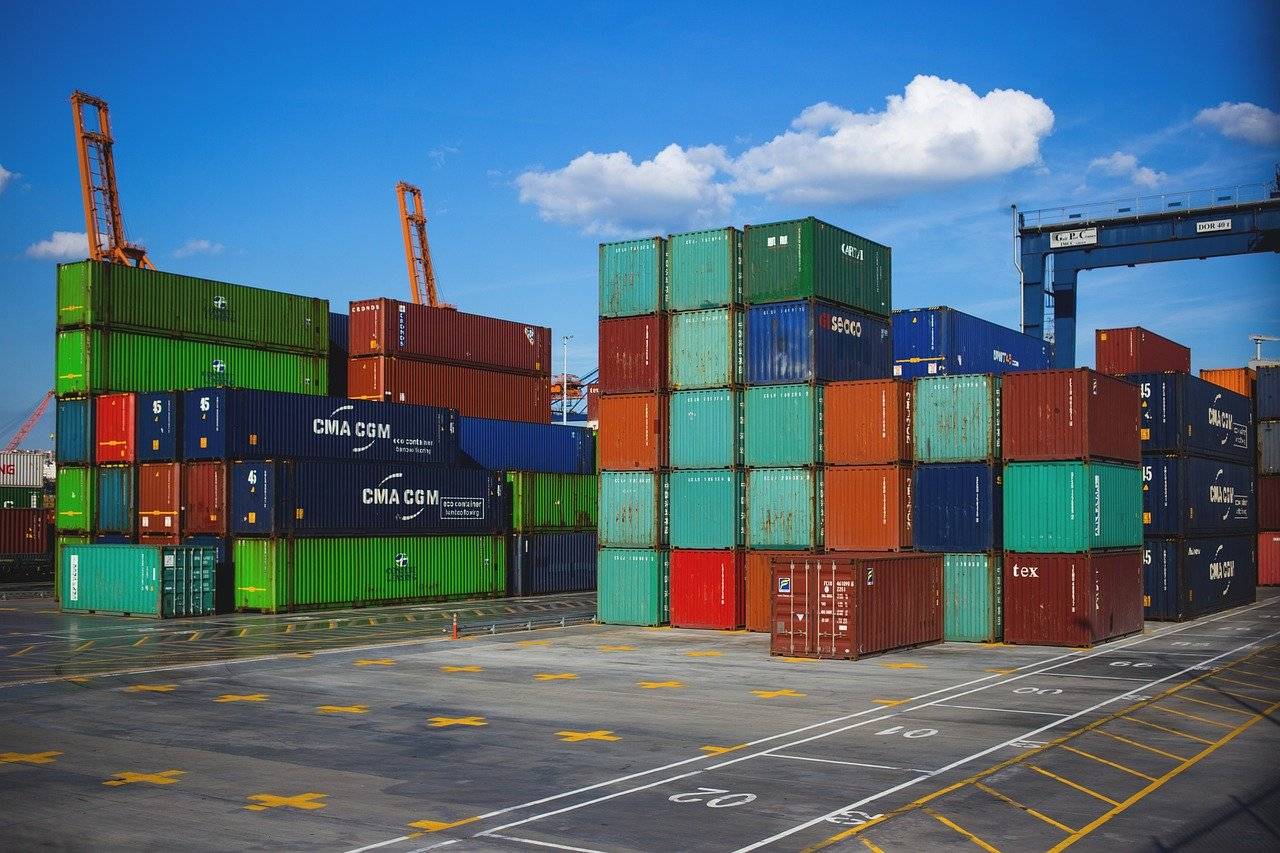In recent years, the HVAC industry has experienced multiple supply chain issues. Unfortunately, many are still ongoing.
So, let’s take a look at the four main issues that are still negatively impacting the industry, plus some potential solutions.
1. Labor Shortages
Many of the HVAC supply chain issues began due to the Covid-19 pandemic and the lockdowns that were imposed, just like many other industries were affected.
One problem was labor shortages – and that issue continues to be problematic.
Just because Covid-19 is not the major pandemic it was and is not in the news as much, it does not mean that many are not still falling ill with Covid-19 or having to take time off work to look after sick loved ones.
As a result, the global plants that manufacture HVAC supplies and parts have seen a big drop in production.
Even though labor shortages are not as bad as they were a couple of years ago and productivity has started to steadily improve, a lack of workers at plants is still impacting manufacturing, which has a significant knock-on effect on the supply chain.
2. Shortage of Raw Materials
A more significant factor than absent employees is the shortage of raw materials required for making parts that are crucial for HVAC equipment.
Since Covid-19 hit, there has been a materials shortage. Notably, semiconductor chips, steel, aluminum, copper, and even plastic have been in short supply.
3. Steep Price Increases
Seeing as many different industries use such materials, in the wake of shortages, the demand has never been higher. In turn, the prices have skyrocketed.
Those who are willing to pay the highest price are often the businesses that are now able to obtain the raw materials that are in short supply.
Manufacturers have had to raise their prices in order to offset the higher cost of raw materials.
And even though global copper mine production has begun to rise recently, the current demand far surpasses production capabilities. Therefore, the costs remain high.
The combination of increased demand and low supply, in addition to a rise in global inflation, has led to steep increases in prices across the HVAC industry. In turn, the supply chain continues to be massively affected.
4. Shipping Problems
As if labor and materials shortages and the rise in prices were not bad enough, shipping challenges and air freight bottlenecks have caused even more problems to the HVAC industry’s supply chain problems.
Of course, bottlenecks result in delays in equipment and parts reaching HVAC companies.
Furthermore, the diesel fuel shortage has amplified the problem.
Even the Russian invasion of Ukraine has impacted shipping issues, in addition to problems in accessing raw materials.
The availability of raw materials like crude oil, natural gas, and metals is less due to the war, and transportation costs have contributed to the global supply chain bottlenecks and increased prices.
Speaking of feeling the heat, while we navigate these turbulent times, let’s not forget those routine yet crucial endeavors - heating system repair services. Being proactive with maintenance can prevent unexpected downtime and mitigate some supply chain woes.
Potential Solutions
While the above problems may be out of your hands, there are actions you can take to make the issues less challenging for your HVAC business. So, here are some potential solutions.
Address Your Labor Shortages
One thing you can definitely take control of is labor shortages. You can expand your marketing reach for new hires, pair with job agencies, and invest in employee retention programs.
Attracting new talent can also be accomplished through recruitment strategies like collegiate partnerships or apprenticeship schemes.
Consider Alternative Materials
One way to potentially bypass the shortage of raw materials is to research ways of alternatively making components.
For instance, with technological advances like 3D printing, you could have a new option for creating some crucial parts that are needed in HVAC equipment.
Furthermore, forming strategic alliances with multiple suppliers will prove beneficial during shortages.
Mitigate Price Escalation
To combat price escalation due to increased demand and low supply, there are several options to explore.
Amicable negotiation tactics could help forge stronger supplier relationships that lead to favorable pricing terms over a long period of time.
Additionally, look at small ways to cut costs, such as turning off all electrical equipment and lights at your facilities when they are not needed. Saving on little costs can soon add up to big savings.
Revise Your Shipping Strategies
With shipping and air freight bottlenecks impacting deliveries, a revised logistics strategy could be the answer.
For instance, you could explore partnerships with various logistics providers to ensure constant and timely deliveries.
Also, expanding warehouse capacities or adopting dropshipping models may reduce dependency on both local and international shipping.
Confront Geopolitical Factors
As for geopolitical factors such as the Russian invasion of Ukraine, consumer education will play a crucial role. By informing consumers about potential price surges or delays upfront, and explaining why they are occurring, your business can avoid customer dissatisfaction.
Improve Efficiency
A universally applicable strategy for tackling supply chain issues is improving overall operational efficiency. Evidently, a well-streamlined process makes for quicker adaptation to sudden changes and unexpected challenges.
One significant way to enhance efficiency is by embracing technological advancements.
For instance, consider using an all-in-one field service mobile app. Its extensive features usually offer real-time access to scheduling, inventory management, work orders, billing, and much more from any location.
By reducing the time spent on administrative tasks and bringing all critical functions into one accessible platform, these applications can ease labor shortages while simultaneously curbing cost implications.
Another approach to enhancing efficiency is to invest in staff training programs. Well-trained employees who understand their roles in depth often perform more efficiently, which reduces errors and increases productivity.
Remember, a more efficient operation is invariably a more resilient one in the face of supply chain disruptions.
The Takeaway
While the HVAC industry continues to grapple with multifaceted supply chain issues, a suite of potential solutions presents opportunities for optimism.
However, for normal service to be resumed, things will need to change on the world stage.

